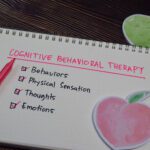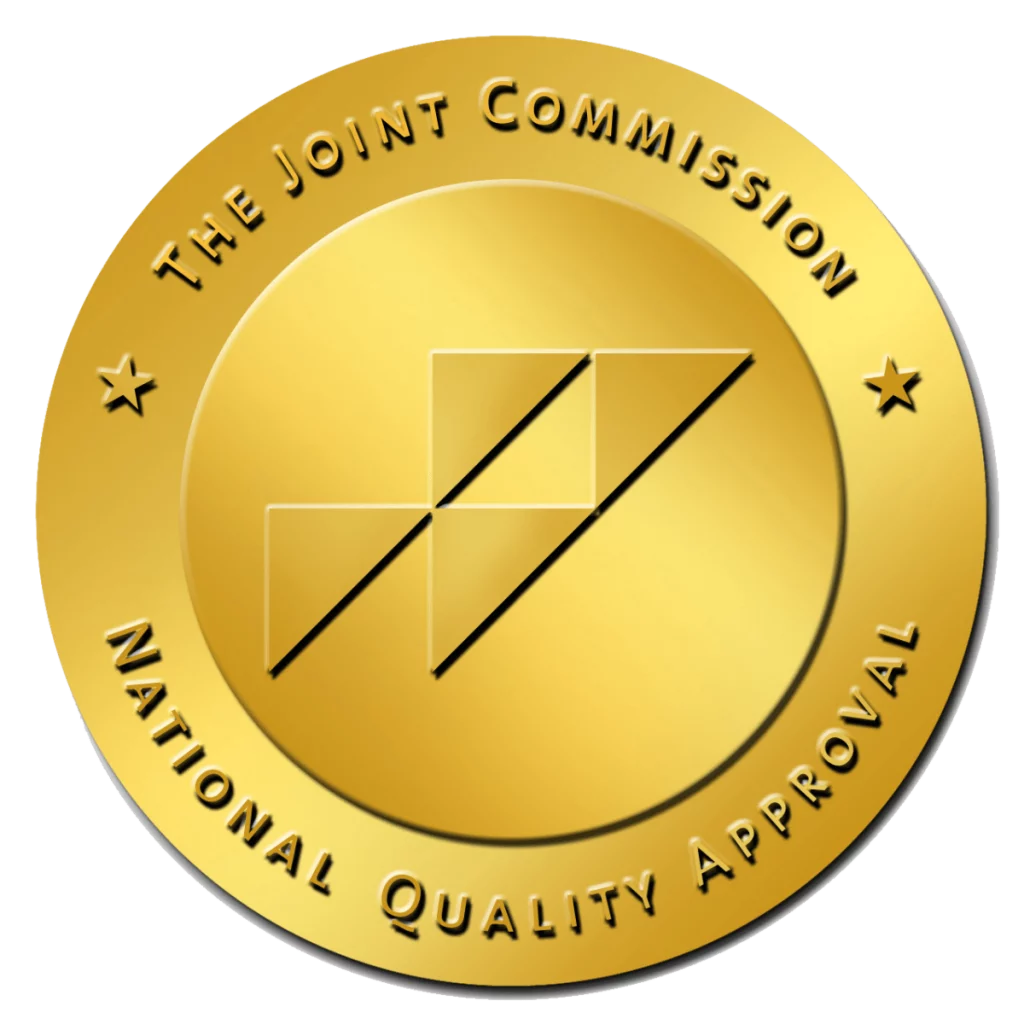There is no shortage of things to worry about.
Sometimes it can seem like the world is conspiring to keep us on edge all of the time. Maybe we have problems related to work, school, or our family. Maybe we’re concerned about political unrest and violence—close to home, across the country, or around the world. Maybe we have health concerns ranging from personal illness to pandemics.
We could, of course, go on and on. It is no secret that our lives are stressful and there are plenty of things for each of us to worry about every single day.
Worry, however, is not the most useful of mind states, and it can be an excellent idea to find ways to lessen the amount of worry you experience. That might mean taking direct action to improve a situation you find worrisome. It might mean taking up a meditative practice like mindfulness or yoga. It might mean lessening your social media use or reducing the number of times you check the news each day. These strategies, and others like them, can get us some relief from ongoing worry.
But for some people, the state of being worried is not necessarily attached to anything specific. Instead, for some folks, worry can seem both endless and causeless. When this is the case, there is a good chance a mental health disorder is in play.
Let’s take a look at generalized anxiety disorder and panic disorder.
Generalized Anxiety Disorder
The mental health disorder known as generalized anxiety disorder causes a person to experience worry all of the time—with or without cause and in or out of proportion to the situation at hand. This ongoing anxiety starts to wear a person down over time, making it difficult to function.
Symptoms of generalized anxiety disorder may include:
- Ongoing exhaustion caused by a pernicious combination of the stress of the anxiety and an inability to get restful sleep due to the constant sense of worry.
- Frequent or constant trembling and/or a persistent sense of weakness in the body.
- An elevated heart rate, rapid breathing, sweating unrelated to a warm environment or physical activity, and/or gastrointestinal problems.
- Difficulty concentrating on anything other than the thoughts and feelings caused by the enduring sense of anxiety.
- Strong feelings of aversion regarding anyone, anything, or anyplace that might lead to increased levels of anxiety beyond what a person is already experiencing. (This symptom can make it difficult for a person to seek out help because the idea of talking to someone about their anxiety provokes even more anxiety.)
Panic Disorder
One way to think about the difference between generalized anxiety disorder and panic disorder is that the former involves a nearly constant feeling of worry while the latter is characterized by the sudden onset of panic that may seem to arrive out of nowhere.
The symptoms of panic disorder may include:
- A racing heartbeat and/or pain or tightness in the chest.
- Shortness of breath and/or a sense of lightheadedness, dizziness, or vertigo.
- A sense of choking and/or a feeling of nausea.
- Sweating and/or chills.
- Uncontrolled trembling or shaking and/or tingling or numbness in the extremities.
- Feeling detached from yourself and reality and/or a fear of impending death.
What to Do About Anxiety and Panic
Addressing generalized anxiety disorder and panic disorder can involve a number of different approaches. For example, there may well be some lifestyle changes that can help. Sticking to a schedule that includes healthy eating (and limited intake of caffeine), quality sleep, and regular exercise can lessen the intensity and frequency of symptoms.
There are also several prescription medications that can help alleviate feelings of anxiety and panic. Among the most commonly prescribed are alprazolam (Xanax) and buspirone (Buspar). These medications and others like them can be extremely effective in treating panic and anxiety, but they come with some risk as well—particularly for anyone with a history of substance use disorders. It is essential that you are open and honest about any problems you have had with drugs or alcohol when talking with a prescriber who suggests anti-anxiety medication. Similarly, you will want to make sure you stick strictly to the instructions for taking these medications so that they don’t lead to the development of a substance use disorder.
Therapy—including, but not limited to, cognitive behavioral therapy—can also be a very effective way to deal with panic and anxiety disorders. A trained therapist can help you find strategies for lessening your symptoms—and decreasing the impact of those symptoms when they do arise—so that you can more effectively manage each day with less worry about these disorders. Less worry about uncontrollable worrying sounds pretty great, right?
When appropriate, the combination of therapy and medication can lead to significant improvement for those who experience these disorders.
Peak View Behavioral Health Can Help You Reclaim Calm
We have noted how anxiety and panic disorders can make you fearful of the very thing you need: mental health treatment. The key to finding relief is to take the first step toward treatment, even if it’s hard. At Peak View Behavioral Health in Colorado Springs, we can help you loosen the grip that anxiety or panic has on your life. When that grip is relaxed, you can finally find some relaxation, too.
 Are you looking for mental health help in Colorado Springs? For more information about Peak View Behavioral Health, or if you have questions, please call us at 719-694-0220 or use our contact form.
Are you looking for mental health help in Colorado Springs? For more information about Peak View Behavioral Health, or if you have questions, please call us at 719-694-0220 or use our contact form.








